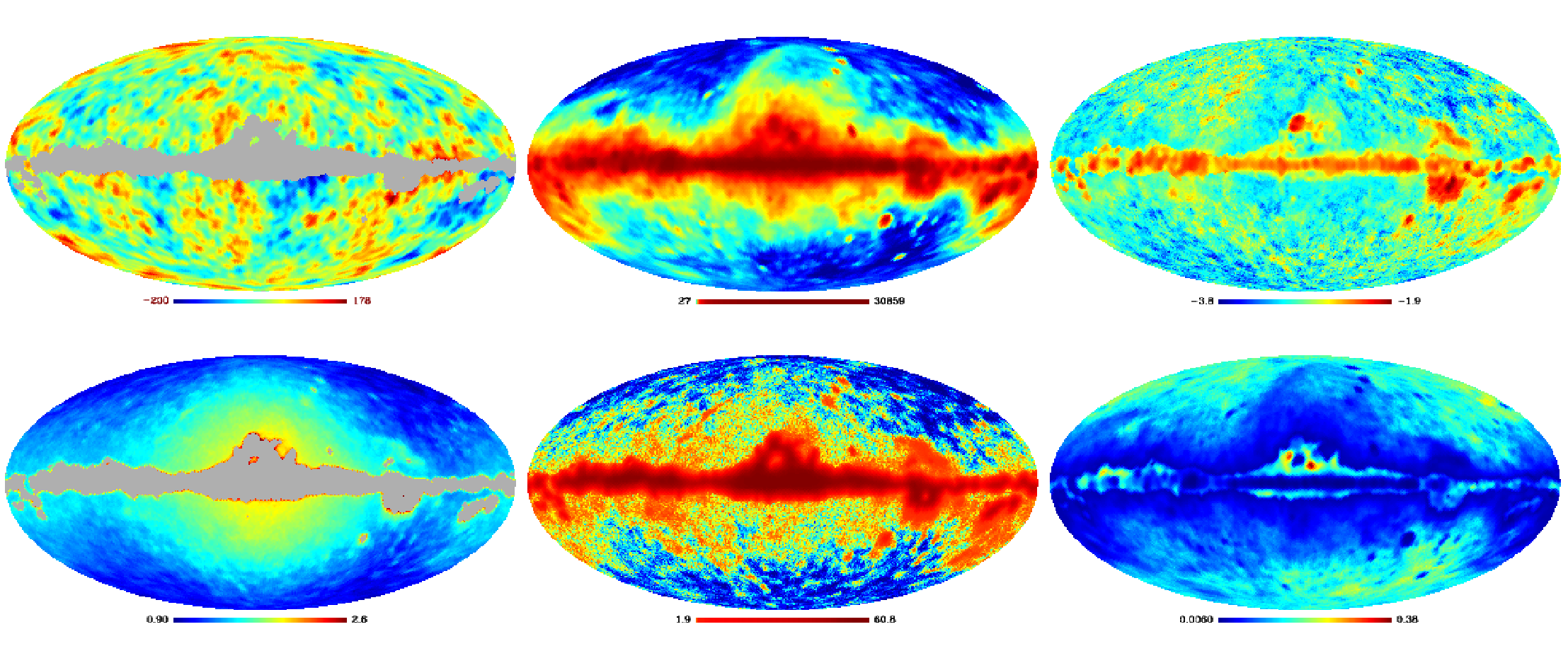
Commander 2
Bayesian CMB component separation and analysis
Commander is a Gibbs sampling code for joint CMB estimation and component separation. In its latest incarnation, Commander 2, the code has been rewritten from the ground up to make the best use of modern linear solver technology, parallelism, and advances in sky and instrumental modelling.
Our aim is to make Commander 2 the most powerful, flexible CMB analysis code out there. Using a parametrised physical model of the sky, the Commander framework makes it possible to perform statistically-rigorous analyses of multi-frequency, multi-resolution CMB data on the full and partial (flat) sky, as well as cross-correlation analyses with large-scale structure datasets.
Commander 2 is still in the early stages of development. An initial release will be made in late 2013, and development can be followed in our Git repository. We advise that you don't use the code for anything important just yet, though.
Overview of Commander 2
The following features are planned for the initial release of Commander 2:
Multi-frequency analysis with frequency-dependent beams
Powerful multi-level solver for rapid constrained realisations of high-resolution data
Joint CMB-foreground estimation with physical component models
Precise handling of arbitrary masks using constrained realisations
Open-source, fully-documented Python framework, allowing for rapid customisation
Current Status
Commander 2 is currently under heavy development. While the package isn't ready for general use just yet, a number of core features are available right now from our Git repository. They include:
An initial implementation of the multi-level solver for the constrained realisation system
Code for performing constrained realisations of masked single-channel Planck data at full resolution (NSIDE=2048)
Support for arbitrary masks
An efficient adaptive rejection sampler for sampling from arbitrary 1D log-concave pdfs.
A basic user interface and processing tools
Supported by European Research Council grant StG2010-257080.
